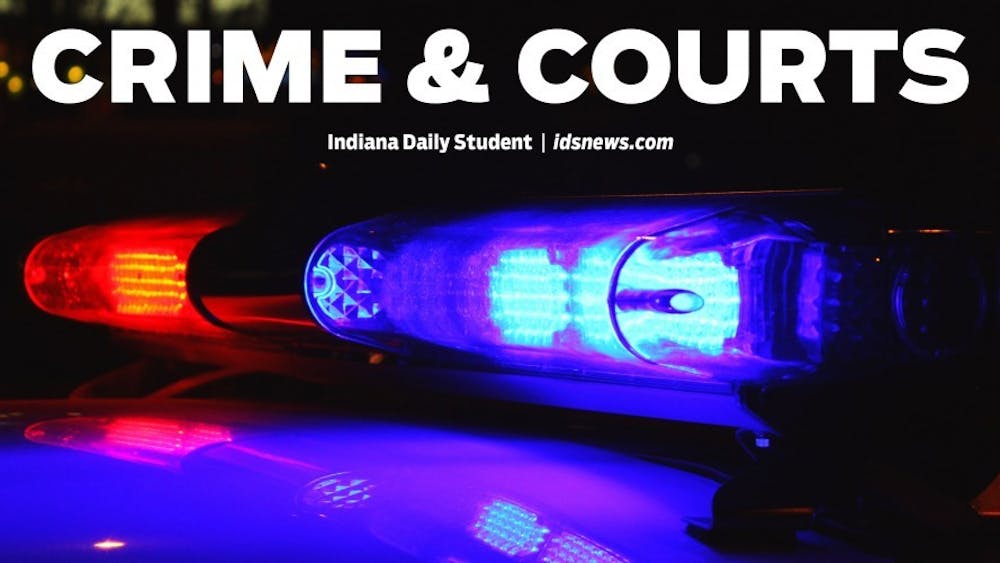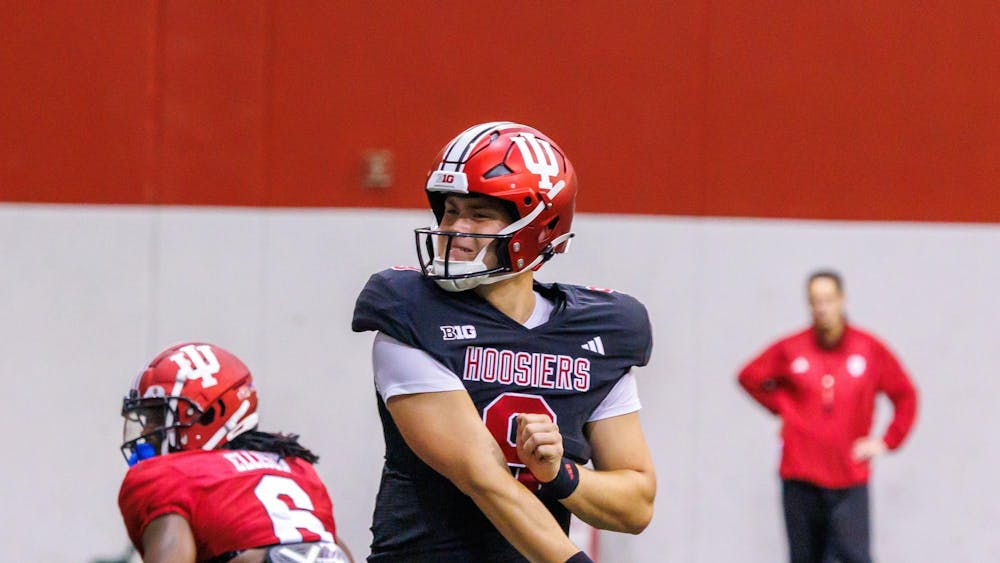But in Indiana, this process can be simplified.
Hoosiers have the option of voting straight-ticket, which means by checking one box, voters can cast a vote for a single party in every election.
On the Indiana ballot, three parties are listed in the straight-ticket box: Democratic, Republican and Libertarian.
Indiana is not alone in this voting option. Fourteen states have some type of straight-ticket option on their ballot.
“I don’t see anything wrong with it at all,” said Steve Hogan, chair of the Monroe County Republican Party. “A lot of times, I do know that people will hit the all-Republican thing and then go back and either remove a name or vote for the Democrat.”
Hogan said he believes the straight-ticket option is a convenience for people who know they are going to mostly vote for one party instead of another.
Jacob Franklin, candidate for Monroe County clerk, and William Ellis, ?candidate for Monroe County assessor, both Republicans, said they prefer citizens not vote straight-ticket.
“As a candidate, I’m actually not too fond of it because it encourages people to vote for races they may have not researched,” Ellis said. “They may not have delved into issues, and they’re voting just on party, not the person.”
Ellis’ opponent, incumbent Monroe County assessor and Democrat Judy Sharp, also said she is not a fan of the straight-ticket voting option on the Indiana ballot.
“I think it’s basically a cop-out,” Sharp said. “You always hope people are informed when they go to the polls and just pulling a straight ticket no matter if it’s a ‘R’ or a ‘D’ doesn’t do anyone any justice.”
Both Sharp and Ellis said they believe the county assessor’s position is not a political office, and they hope voters will choose who they believe to be most qualified when voting.
Bernard Fraga, associate professor of political science at IU, said straight-ticket voting does not necessarily favor incumbents because it is a strategic advantage.
“So in a sense you could say that incumbents are advantaged by straight-ticket voting but only because that straight-ticket voting tends to reflect the underlying partisan distribution of that state or district,” Fraga said.
The practice of straight-ticket voting is one steeped in the historical traditions of the American electoral process.
Even though most states today no longer have the straight-ticket option on the ballot, Fraga said voting exclusively along party li nes dates back to a time in American history when political parties had greater influence over the election process.
Ballots were once color-coded and only contained candidates from one party, Fraga said.
Voting for candidates in two different parties meant voting on two separate ballots, each with its own color.
Fraga said this is a holdovr from a time when elections were not as transparent as they are today.
Recently, straight-ticket voting has declined. In the past eight years, four states, New Hampshire, Missouri, Wisconsin and North Carolina, have decided to end the practice.
Though there have been attempts to take the straight-ticket option off the ballot in Indiana, none of the attempts have been ?successful.





